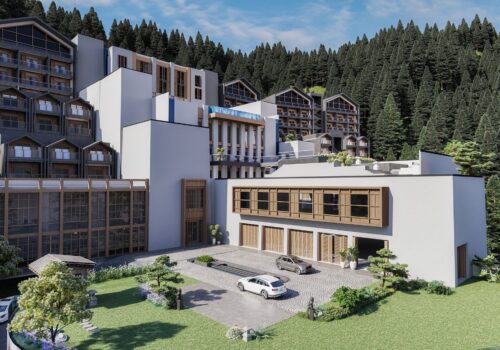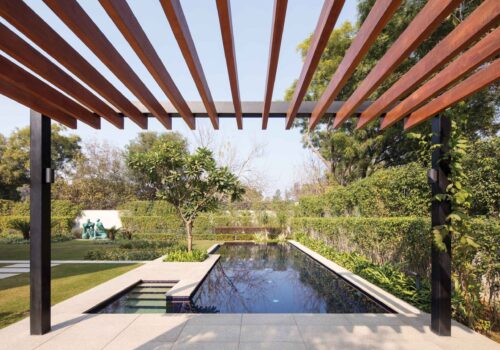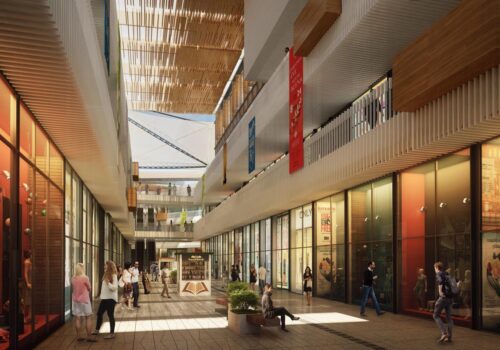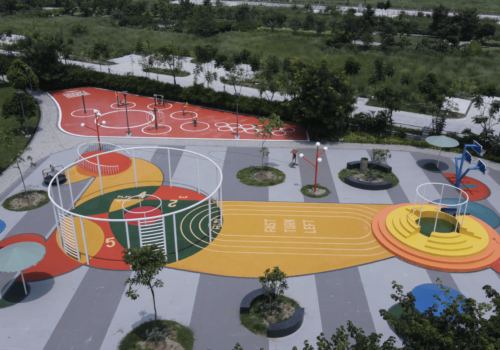Sustainable Master Planning – 3 Ways to Prioritise Water
This year, India witnessed some of the hottest pre-monsoon months since the beginning of the last century. Wild fluctuations in rainfall have led to drought and floods – with many areas being flood affected for more than six months a year.
Unfortunately, we are not discussing this crisis with as much attention as it merits. Addressing this crisis requires carefully re-evaluating both planning and building technologies that we, as designers, use.
A vital aspect in this regard is that of water resource optimisation. This is especially important in large-scale master planning projects where careless construction could lead to long-term effects not just within the site but in surrounding areas. Over the years, we at team3 have devised a series of checks to ensure that our projects are treading lightly on existing water resources.
Actual need identification
More often than not, clients approach designers with a prescribed brief that we then go about fulfilling. But to ensure responsible development, when building in new areas, we as designers must take the responsibility of re-evaluating the brief to arrive at a common conclusion on the optimal use of land and resources available.
A careful study of local infrastructure, agricultural patterns and natural features of the area should be the basis on which a program is allocated to specific sites. This will ensure that natural resources are not overstrained.
Impact on Existing Water Sources
While planning for new developments, the study of local water channels needs to be considered as a critical determinant for design. At Dream City Nxt, an upcoming housing development in Amritsar, local rural drinking water sources were identified, and the new development was planned in a manner to have the least impact on these. Wastewater treatment plants were strategically situated to avoid any accidental contamination of local water sources.
Groundwater Recharge
Within the site, the intensity of the building must be determined by an analysis of the soil and water conditions. The built form should also allow for sufficient groundwater percolation.
For instance, at AIPL Dream City Nxt, Amritsar, we opt for a system of shallow trenches that work to recharge underground aquifers through filtered percolation. Careful modulation of the topography resulted in an intricate cluster design with areas allocated to each use determined by percolation potential. Central green community areas are also planned to maximise local groundwater recharge.
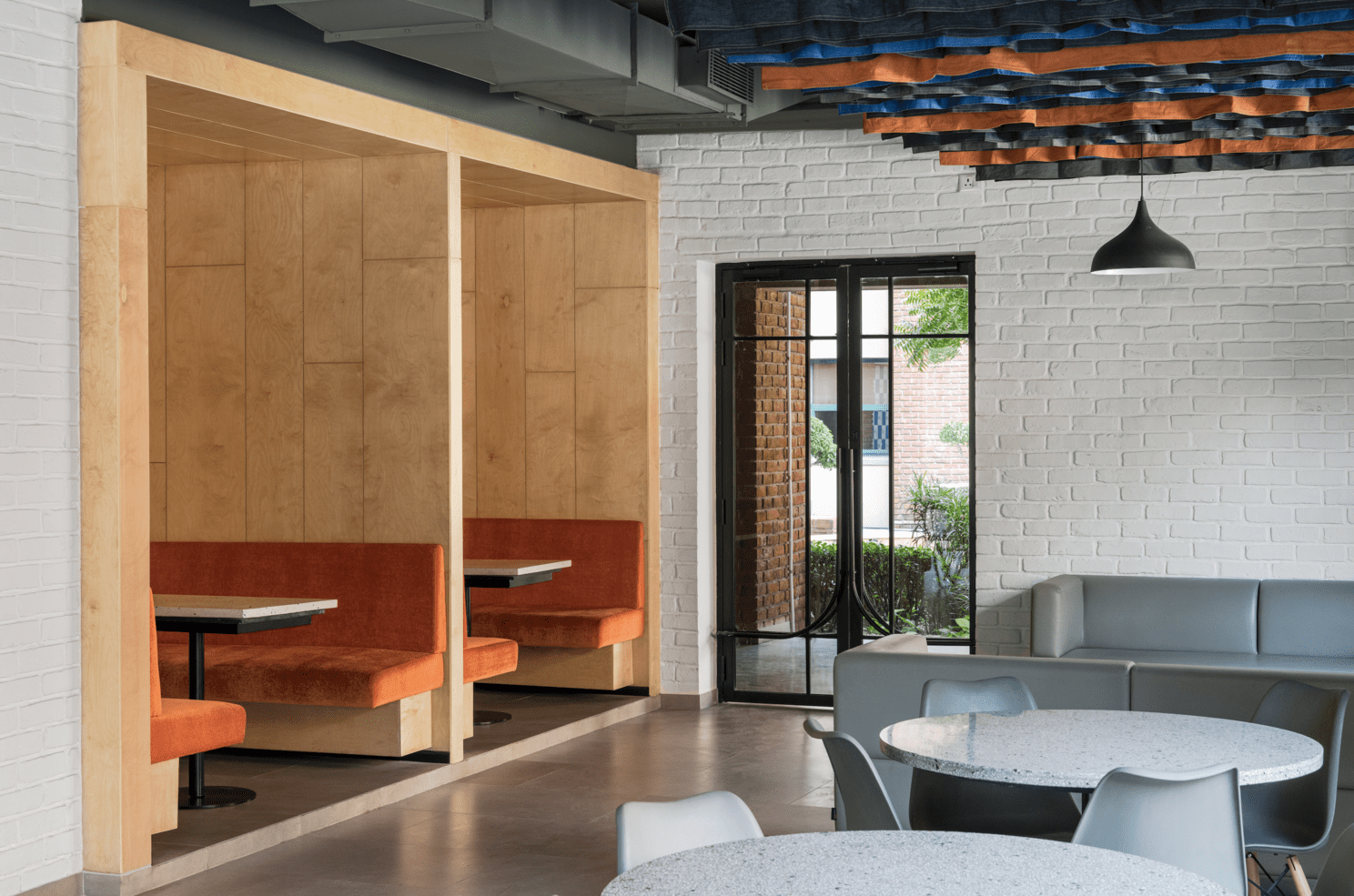
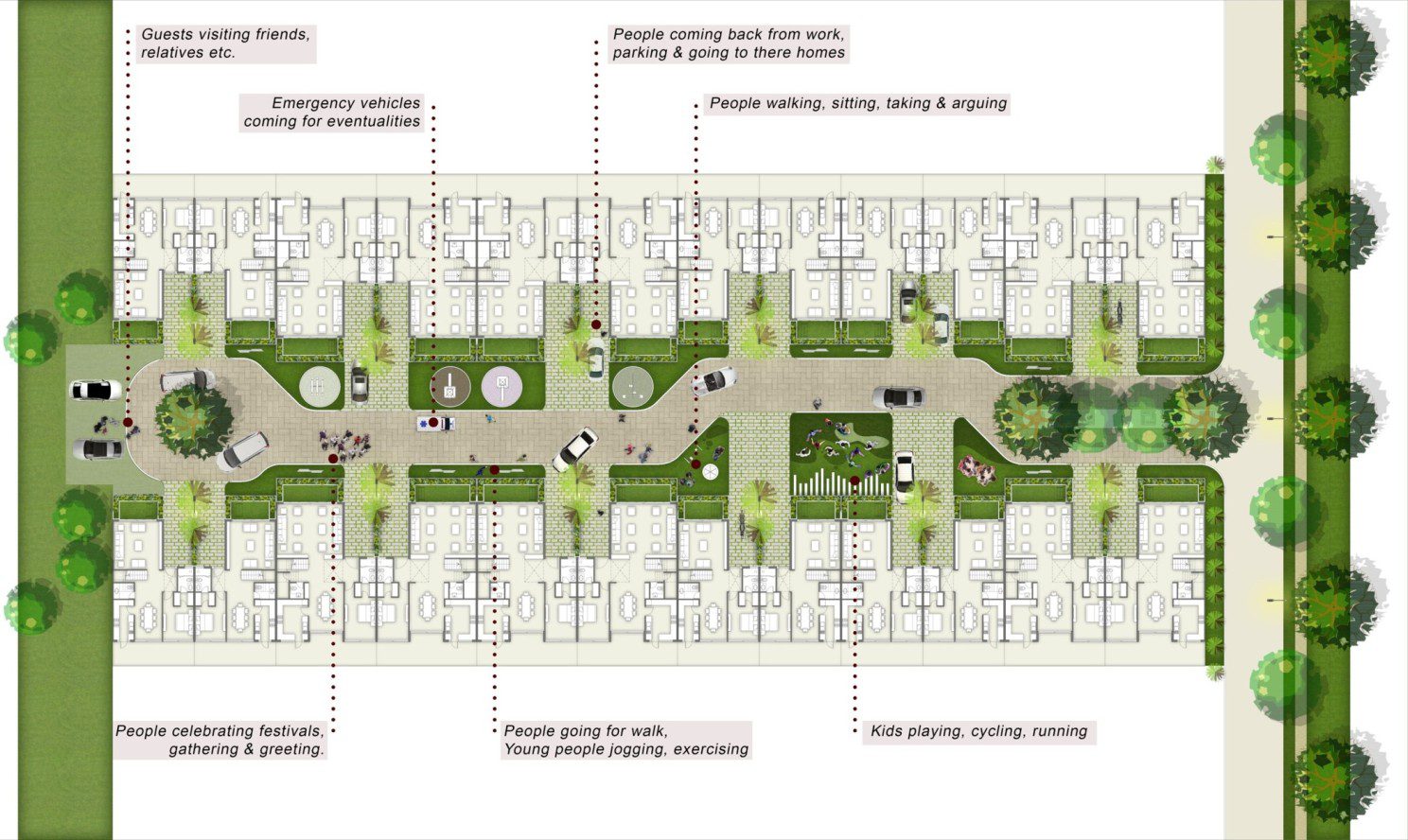
I believe that it is time we looked at the process of construction through a lens of social responsibility, taking steps forward to mitigate the climate crisis and create a positive built environment for the future.
Sanjay Bhardwaj, Partner, team3

